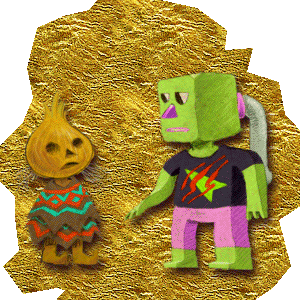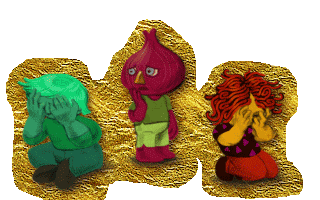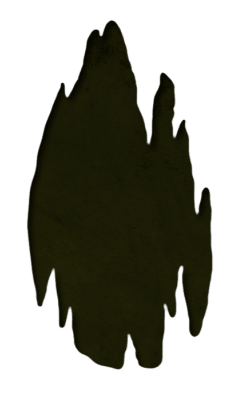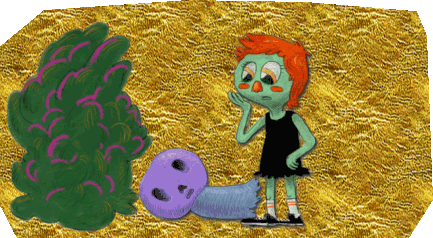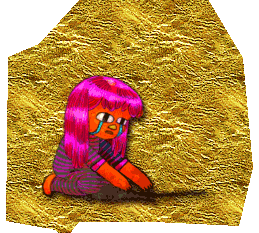At once, the onion lives beneath the dirt, and atop shimmering Cathedrals, pushing its shoots into the belly of Heaven. Its shape prefigures the tears that are produced in its preparation. Sometimes I like to think of my art in terms of its onion-ness.
A bulb, the onion occupies an awkward space between root and rhizome. Its growth is layered, not linear like an arboreal root, yet unlike the Rhizome, the onion has a center, a heart. My narrative and book works strike a similar compromise. Typically a straightforward cause-effect progression is avoided, as is a completely nonlinear Trafalmadorian narrative, where sequence would be of no consequence, and pages would be read all at once, outside of time. Finding inspiration in the nonlinear narrative forms of Calvino, Choose Your Own Adventure Books, and the MegaMan stage select screen, the potential of the book form for different ways of reading is used to afford the audience an opportunity to meander, creating their own narrative or set of narratives.
This specific provision for, or consideration of, the audience finds it way into other areas of my work. I try to very seriously think of art-making as gift-making. Art-making can easily become one of the most futile exercises possible, and the only way I can find to avoid that is to make my art with the faith that it will be appreciated, that as a gift, it will be received. And the amount of preparation, of peeling, of cutting, of crying, that goes into the development of a piece is to that end. Of course my art can please myself, and often does, but if that’s all it’s doing, I really can’t feel I’m doing my job as a person. My onion is Dostoevsky’s onion, presented with the earnest intent to pull any and everyone out of their Inferno, to present a door from oblivion into thought, into fantasy, into anything.
This anxious attempt to provide something for someone often manifests itself in a tendency for obsessive, maximalist layering of images and thoughts. The Revelation to St. John is one of the most densely clustered collections of evocative and mysterious symbols, and due to this, it has transcended its intent, enduring millennia of scrutiny, of multifarious interpretations, and has prompted countless creative acts; from the Hagia Sophia to high school notebook drawings of the ‘Four Horsemen of the Apocalypse.’ The combination of interpretive power and intrigue this type of construction gives the audience is interesting to me, so I try to make art that elicits a desire to explore the piece, to keep peeling back the skins to try and see more through increasingly irritated and bleary eyes. Pop provides a variety of symbols that carry the familiarity and mystery to establish this intrigue, and my work often transfigures stupid visual junk noise that has somehow become meaningful to me since my youth, and tries to articulate that meaning. Fluorescent colors, with their ability to reflect unseen light, turn into the perfect pigment for the dynamic, unreal light of the ikon (neon colors become phôs noéon), or 3-D specs become a tool for seeing other worlds, other perspectives, for finding empathy, communion, and enlightenment.

